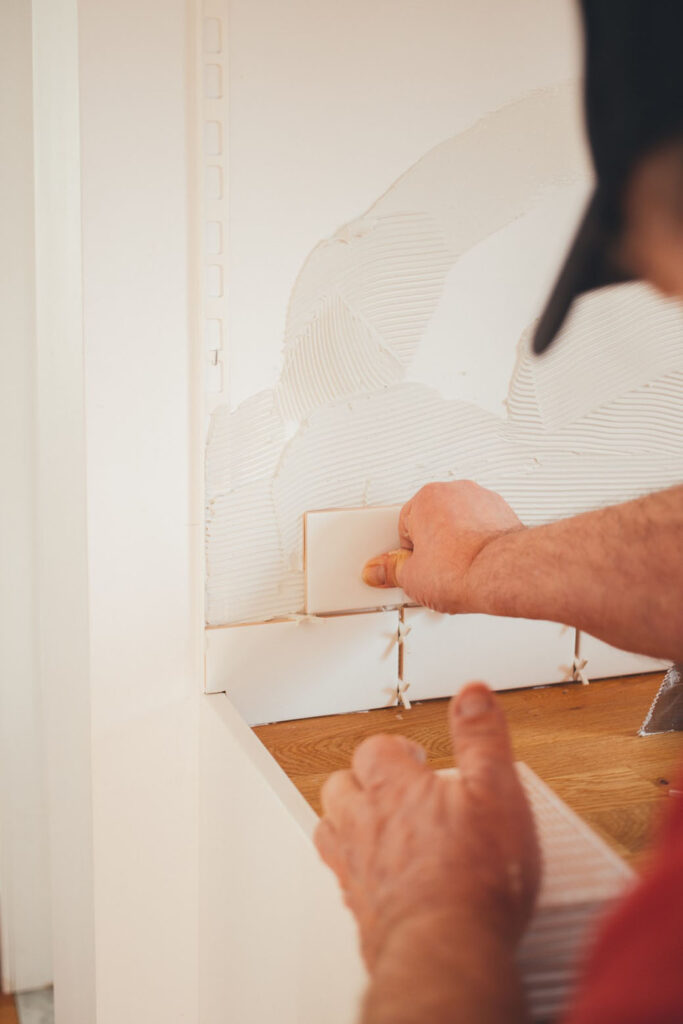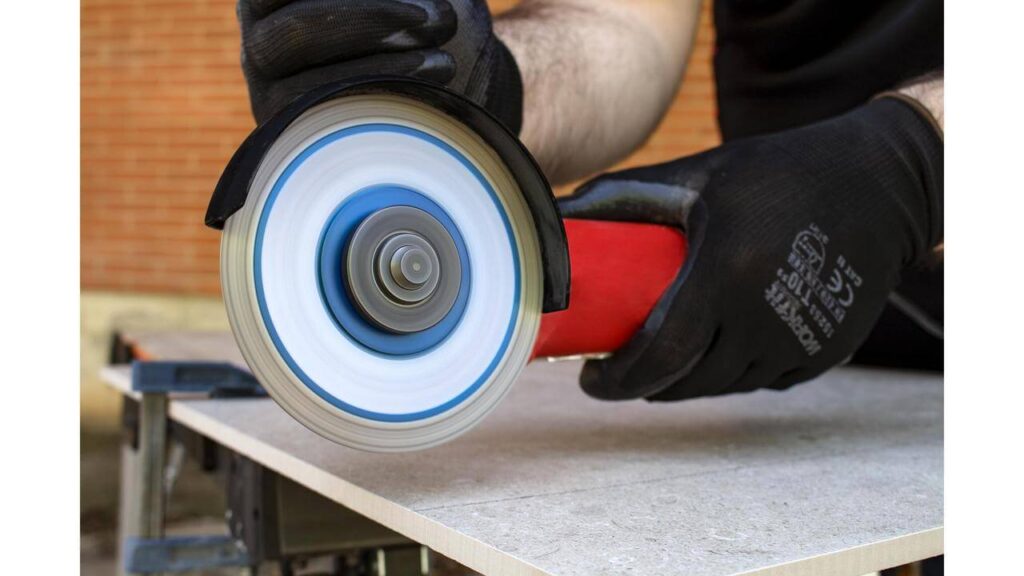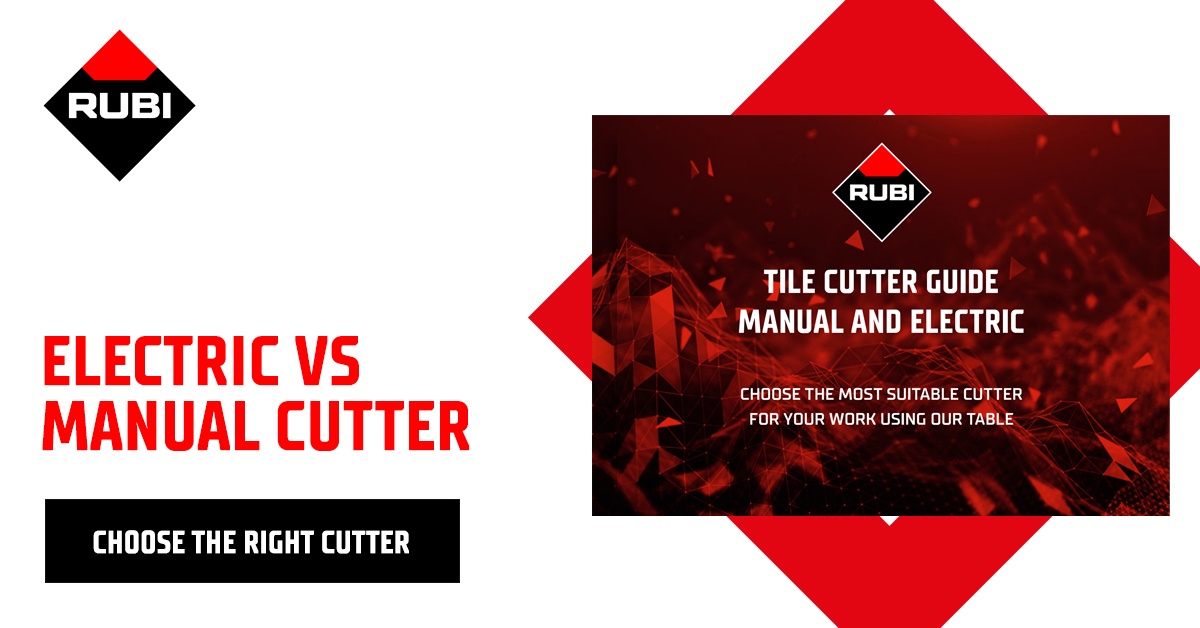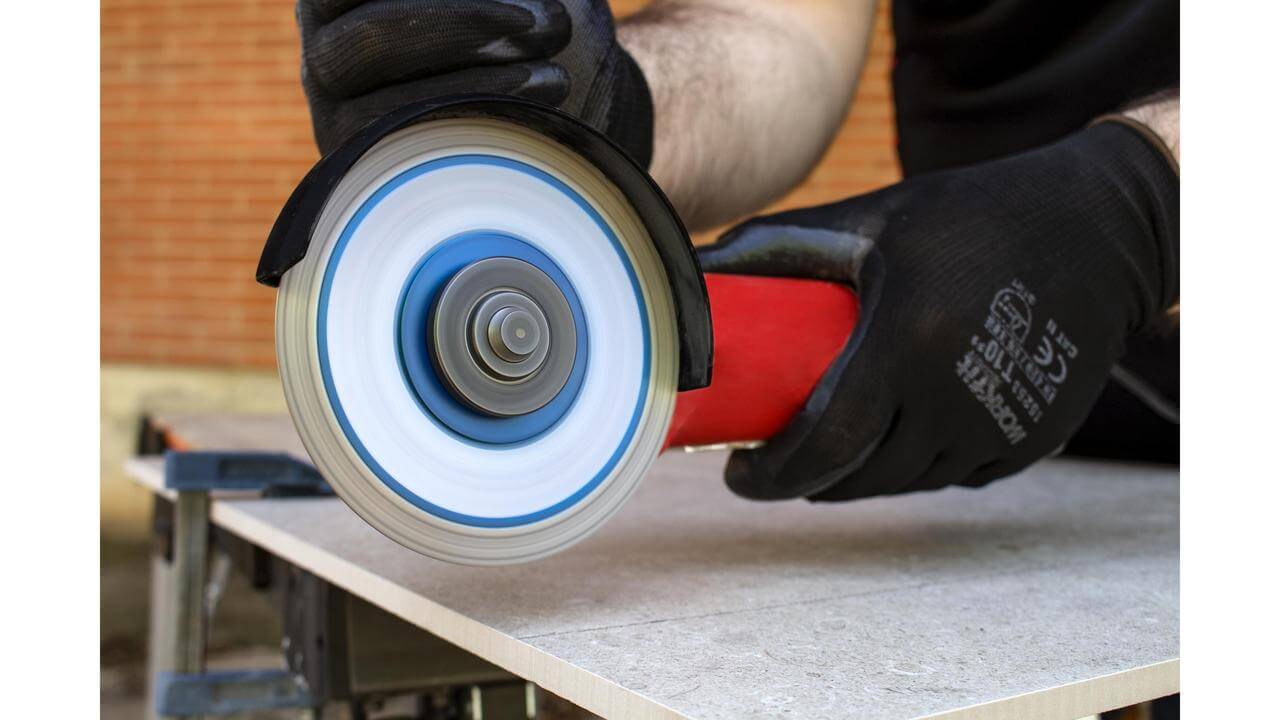The average American bedroom gets 224 square feet of floor space. That’s a lot of square footage to cover in tile. And while tile looks great when it’s installed, the edges can look a little unfinished a few days after the tile installation is completed. But how to make exposed tile edges look finished? You could use an ugly gray or green mortar to fill the gap between the tile and the adjacent flooring, but that only makes the tile look even more unfinished. Plus, unless you never want to walk on your bathroom floor again, you’ll need to fill that extra gap.
Fortunately, there are a few things you can do to make tile edges look nice with very little effort.
If you’ve completed a tile flooring project recently but are unhappy with the exposed edges, keep reading for our top tips for making exposed tile edges look nice.


Choosing the Right Tile Edge Finishing Options
Material and style play an important role in choosing the right finishing options. Each type of tile has its own specific edge-finishing options that complement its characteristics.
Think about the level of visibility that you want from your tiles. Some options, like bullnose tiles or metal edging, provide a clean and visible transition, while others, such as molding, offer a more subtle look.
Another thing to consider is functionality and durability. Ensure that the chosen edge finishing option is durable, resistant to wear and tear, and suitable for the application you’re using it for.
Finally, think about your own personal preferences and the budget you’re working to. Explore various options and find the one that works best for your needs and your level of funding.
How to Make Exposed Tile Edges Look Finished: Tile and Edging Options
There are many different types of tiles you can use to achieve polished and finished-looking tile edges. Let’s take a look.
Bullnose Tiles
Bullnose tiles are an excellent choice for achieving a clean and polished appearance. Bullnose tiles are specially designed with a rounded edge on one or more sides. They provide a smooth transition from the face of the tile to the edge.
One of the primary advantages of bullnose tiles is their ability to create a seamless and finished edge. The rounded edge eliminates sharp corners and rough edges, resulting in a visually appealing and safe surface.
Another benefit of using bullnose tiles is their ease of installation. They can be installed in the same manner as regular tiles, ensuring a hassle-free process. Their consistent size and shape simplify the layout and create a uniform appearance.
Accent Tiles
Adding a decorative border with accent tiles is an excellent way to elevate the visual appeal of your tiled space.
By strategically placing accent tiles along the edges of your main tiles, you can create a stunning border that adds depth and interest to the overall look.
Accent tiles provide a unique opportunity to infuse style and personality into your tile design. Let your imagination roam and create a decorative border that truly enhances the aesthetic of your space.
Metal Tile Edging
Metal edging offers a clean and modern finish while providing protection to exposed tile edges. The durability and resistance of metal make it ideal for high-traffic areas or environments prone to moisture.
Installing metal tile edging is relatively straightforward, with various profiles available. The edging is typically attached during the tile installation process and creates a crisp transition between the tile and adjacent surfaces.
The reflective properties of the metal can also add a touch of sophistication and enhance the overall aesthetic of your design.
Enhancing Tile Edges with Grout Color or Texture
One effective way to elevate the look of exposed tile edges is by enhancing them with grout color or texture. Instead of using a traditional grout that matches the tile color, opt for a contrasting hue to make the edges stand out.
A darker or lighter grout color can create a subtle or bold contrast, respectively. Additionally, consider using grout with a different texture, such as sanded or unsanded, to add dimension and visual interest.
This technique draws attention to the edges, highlighting the individual tiles and providing a unique and customized touch to your tiled space.
Wood Trim or Molding for a Natural Look
For a warm and natural aesthetic, incorporating wood trim or molding is an excellent choice for finishing exposed tile edges. Wood exudes a timeless and inviting feel, adding warmth and texture to any space.
Wood trim can be stained or painted to match your desired color scheme, allowing for versatility in design. The natural grain and variations in wood bring a sense of authenticity, creating a cozy and inviting atmosphere in your tiled space.

Essential Tools for Tile Edge Finishing
When it comes to tile edge finishing, having the right tools at your disposal is crucial for achieving a professional and polished result. Here are the essential tools you’ll need for this job.
Measuring and Marking Tools
A tape measure is an indispensable tool for obtaining precise measurements of tile edges and trim pieces. A straight edge or level ensures that lines are straight and even during marking and cutting, providing a clean and seamless finish.
Using a pencil or marker allows you to make clear and visible marks on the tile edges and cut lines, ensuring accuracy throughout the process.
Tile Cutting Tools
To achieve clean and precise cuts, a set of reliable tile-cutting tools is essential. A wet tile saw is an excellent investment for accurately cutting ceramic, porcelain, or stone tiles.
Tile nippers are indispensable for trimming small sections or making irregular cuts on tiles, allowing for a precise fit along the edges.
For straight cuts on smaller tiles or mosaic sheets, a tile cutter provides a quick and efficient solution. In cases where tougher materials such as natural stone or thick tiles need to be cut, an angle grinder equipped with a diamond blade is a valuable tool.

Trowels and Spreaders
A notched trowel is commonly used to evenly apply adhesive or mortar to the substrate. The size and shape of the notches on the trowel determine the amount of adhesive applied, ensuring proper adhesion and minimizing excess.
A margin trowel, on the other hand, is ideal for the precise application of grout or adhesive in tight spaces or along edges.
Finally, a grout float is used to spread and smooth grout over the tile surfaces and edges, ensuring a uniform and professional finish.
Edge Finishing Tools and Equipment
Edge profiling tools help to create clean and precise edges on tiles. They ensure a smooth and seamless transition.
A sanding block is useful for smoothing and refining the edges. They remove any roughness or imperfections. A corner trowel or corner tool assists in achieving neat and crisp corners on tiled surfaces.
Safety Equipment for Tile Edge Finishing
Ensuring the safety of yourself and those around you is of utmost importance when undertaking tile edge finishing projects. Here are the essential safety equipment items you should have on hand.
Eye and Ear Protection
To protect your eyes from flying debris generated during the tiling process, wear safety glasses or goggles.
Shield your ears from excessive noise produced by power tools by wearing earplugs or earmuffs. This is especially true when using tile saws or grinders.
Respiratory Protection
Guard against inhaling harmful dust particles, particularly when cutting or sanding tiles, by using a dust mask or respirator. Choose a mask with a high filtration rating suitable for your specific work environment.
Hand Protection
Protect your hands from sharp tile edges, abrasive materials, and chemicals by wearing sturdy gloves. Choose gloves that offer good grip and dexterity for handling tools and materials safely.
Knee Pads
When working on your knees during tile installation or grouting, wear knee pads to provide cushioning and protection. They reduce strain and minimize the risk of knee-related injuries.
Clothing and Footwear
Cover your skin by wearing a long-sleeved shirt and long pants to protect against cuts, abrasions, and exposure to dust and chemicals.
Ensure you wear closed-toe shoes or boots to protect your feet from falling objects, sharp tile fragments, and potential spills.
Dust Collection
Minimize airborne dust particles and maintain a cleaner and healthier work environment by using a dust extractor or shop vacuum.
Regularly clean the work area and dispose of dust and debris properly.
First Aid Kit
Have a well-stocked first aid kit readily available to address minor injuries or accidents that may occur during the tile edge finishing process.
Prioritizing safety by wearing the appropriate protective equipment helps prevent injuries and promotes a safer working environment. Remember to follow safety guidelines and use these tools and equipment in conjunction with safe work practices to ensure a successful and injury-free tile edge finishing project.
Get the Right Tools For The Job
Knowing how to make exposed tile edges look finished is only half the job. If you don’t have the tools that you need, then you’re going to be in trouble. Luckily for you, Rubi can help out.
Our range of tools is specially designed for tiling professionals and DIYers to get the job done properly.
Shop our range of tools and equipment today.



Post a comment